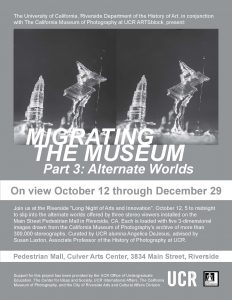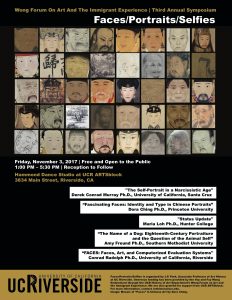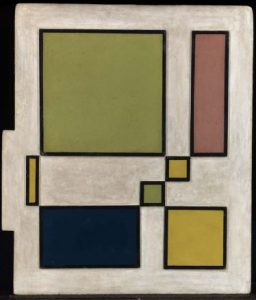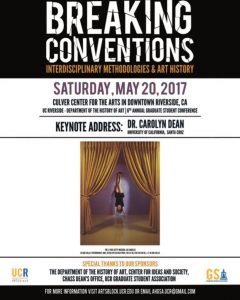Nina Macaraig will be teaching as a Visiting Assistant Professor Winter 2018
Nina Macaraig received her doctorate in Islamic Art History from the University of Minnesota in 2005. From 2005 to 2017, she worked at Koç University, Istanbul, first as Post-Doctoral Fellow at the Research Center for Anatolian Civilizations, then as Instructor in the Department of History, and finally as faculty member in the Department of Archaeology and History of Art, where she became Associate Professor in 2014. In 2010, she was a Post-Doctoral Fellow with the Kunsthistorische Institut in Florence, Italy. Fall 2015 she spent as Visiting Associate Professor in the Department of Art and Art History at Stanford University, and in Spring 2016, she held a Getty Fellowship for her project on “Heavenly Fragrance from Earthly Censers: Conveying the Immaterial Through the Sensory Experience of Material Objects.”

 On view October 12 through December 29.
On view October 12 through December 29. The Third Annual Wong Forum on Art and the Immigrant Experience
The Third Annual Wong Forum on Art and the Immigrant Experience
 Breaking Conventions: Interdisciplinary Methodologies & Art History
Breaking Conventions: Interdisciplinary Methodologies & Art History